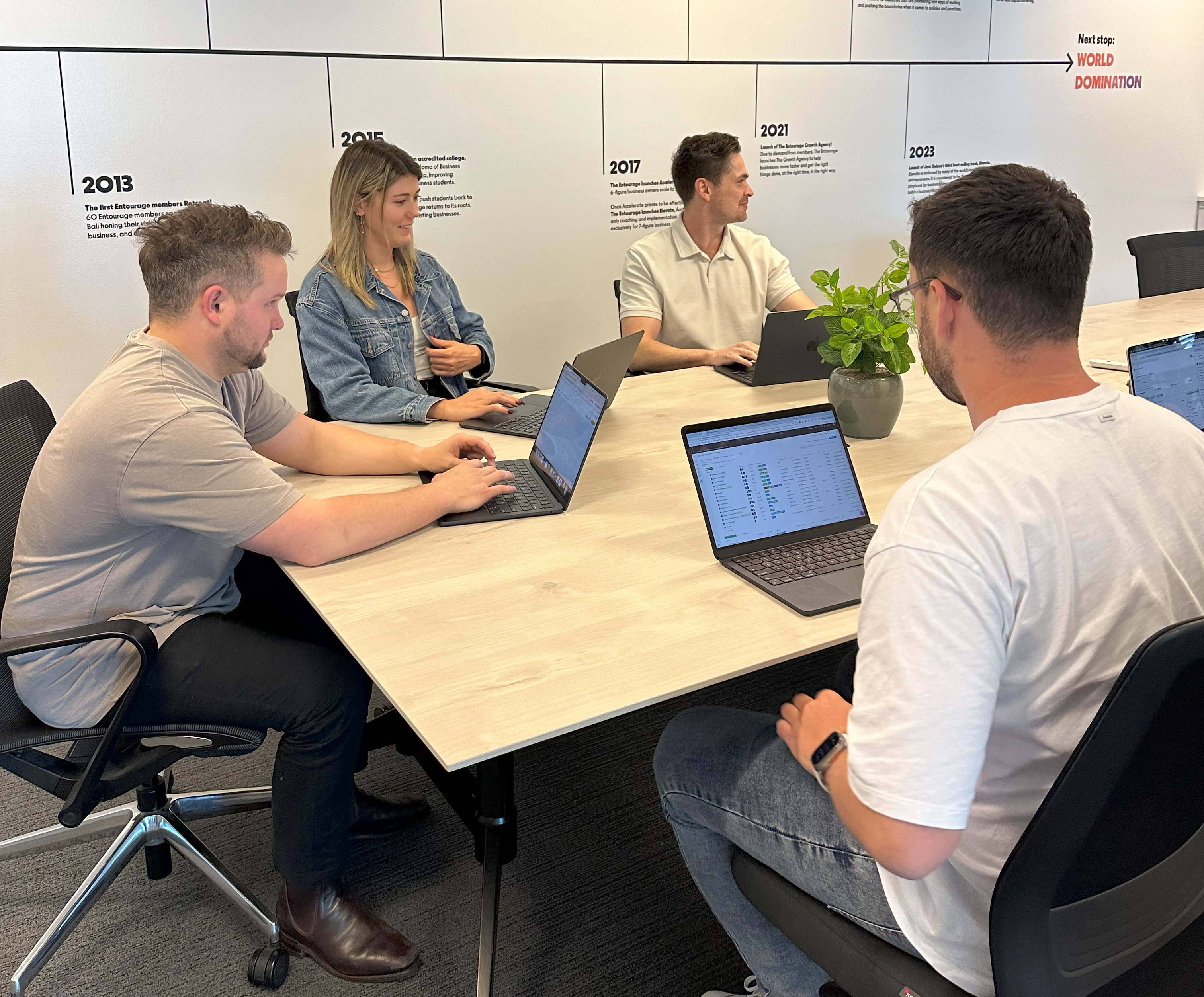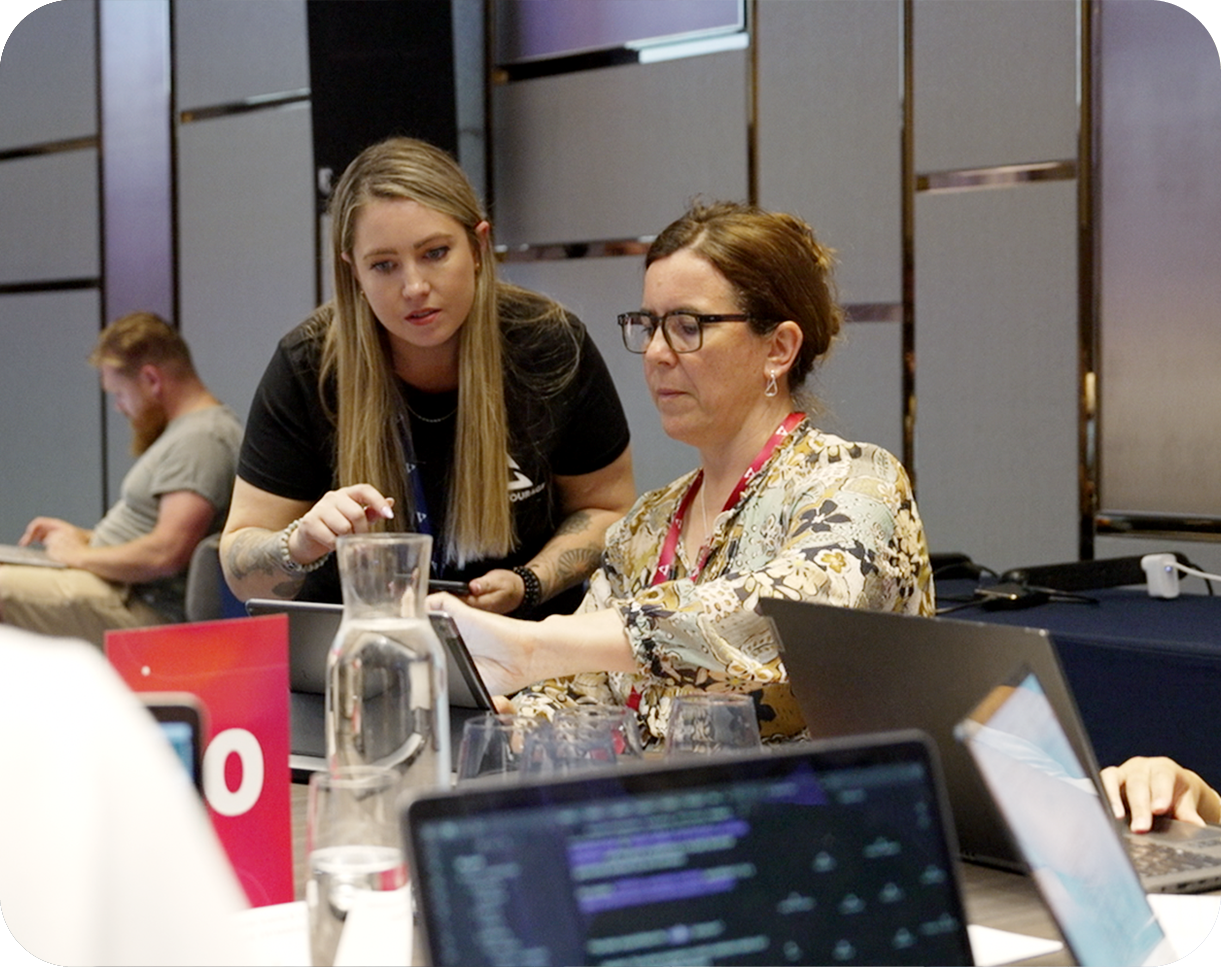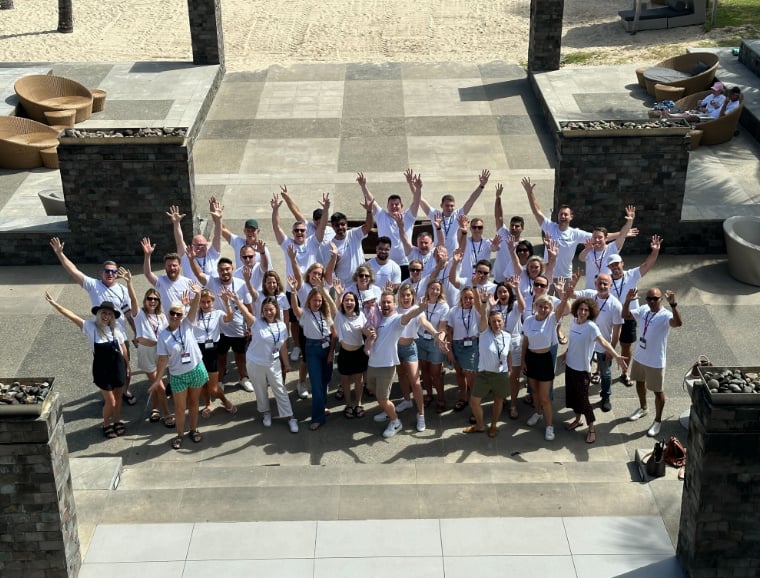Expanding a business through franchising is as much an exercise in instructional design as it is in capital allocation. Founders who have built a strong prototype face a critical question: how do you transfer daily excellence from one location to many without diluting the customer promise?
The answer is a disciplined approach to systems, people development, supplier resilience, and measured rollout—so new operators can replicate results and investors can model returns with confidence. This article unpacks those elements with practical guidance for two types of franchise models that depend heavily on execution.
Why onboarding and operational documentation matter
A franchise is a capability-transfer contract: the franchisor licenses a method and the franchisee purchases the right to execute it locally. That transfer succeeds only when knowledge is documented, taught, and measured. High-quality onboarding reduces time to break-even, lowers variability across units, and protects brand equity.
Franchise training that is treated as central to growth—rather than as an afterthought—improves retention, reduces compliance lapses, and accelerates unit performance.
Operational manuals and competency maps turn tacit founder know-how into testable learning outcomes. Those documents should cover not only technical production steps but also decision rules for exceptions, vendor escalation paths, and a clear set of KPIs that define what “good” looks like for a new operator.
Designing a training curriculum that supports scale
A scalable franchise training curriculum has three layers: foundational knowledge, applied skills, and local adaptation. Foundational modules teach brand standards, customer experience expectations, and basic business math. Applied skills cover production techniques—color management and installation logistics in a sign business; portion control, food safety, and presentation standards in a food business. Local adaptation addresses regulatory nuances, seasonal supply, and community marketing tactics.
Training delivery should mix formats: concise e-learning for theory, hands-on labs for technique, and structured field coaching during the opening period. Certification gates—documented sign-offs that a trainee has demonstrated competency—prevent premature handover and reduce early failures.
The specific demands of a catering franchise model
A catering franchise introduces complexity beyond daily service because it often serves one-off, high-stakes events where presentation and timing are non-negotiable. Perishability, last-mile logistics, and scale variability create operational stress points that franchise training must directly address. Catering operators need standardised recipes, precise portioning systems, chilled transport protocols, and contingency plans for weather, traffic, or supply shortages.
To make catering franchisable, franchisors must test multiple launch scenarios—small corporate luncheons, private parties, large outdoor events—and refine prep, staging, and on-site assembly procedures until they are reliable across operators.
Suppliers, logistics, and quality assurance
A franchise network depends on repeatable supply performance. Long-term supplier agreements with service-level expectations, backup providers for critical SKUs, and clear protocols for ingredient substitutions protect margins and reputation. Centralised purchasing can create leverage and consistency, but franchisors should preserve local alternatives where necessary to manage cost or seasonal availability.
Quality assurance combines scheduled audits, spot checks, and a transparent remediation process. Audit results should feed iterative improvements in both training materials and supplier contracts, creating a learning loop that reduces recurrence of problems.
Measuring training effectiveness and operator readiness
Franchise training is an investment only if you can measure its impact. Useful metrics include:
- Days to certified independent operation.
- First 90-day revenue versus forecast.
- Audit pass rates during initial operations.
- Staff turnover in the first six months.
Use those indicators to refine curricula and to decide whether a trainee is ready to accept customers without field support. A data-driven approach prevents subjective judgment and raises the odds of early success.
Risk management and governance
Common early risks include inventory spoilage, inconsistent product presentation, regulatory missteps, and poor local marketing execution.
Mitigation strategies include redundancy in suppliers, mandatory certification for food handling and installation safety, insurance and compliance checklists, and a documented local marketing playbook that new operators can implement immediately. Contractual governance should specify minimum performance standards and a transparent remediation path. That protects consumers and gives franchisees clarity about expectations and escalation.
Commercial framing for investors and prospective franchisees
Investor materials should present conservative unit economics, a clear use of funds for training and field support, and an articulated path to scale that shows both franchisor and franchisee returns. For prospects, provide transparent timelines for training, realistic early revenue forecasts, and references from pilot owners. Credible financial models account for seasonality, delivery commissions (for food models), and the working capital needed to bridge ramp periods.
For example, a franchisor might present three scenarios, conservative, base, and optimistic, showing time to break even, required working capital, and sensitivity to local wage pressures.
Scaling through franchising
Scaling requires more than marketing collateral and a licensing agreement; it requires an instructional design discipline that turns local expertise into teachable, measurable practices. Whether you are evaluating a signage production business or a catering franchise, demand clarity about the training curriculum, supplier resilience, certification gates, and the KPIs that will define early success. Prospective franchisees should verify these elements before investing, and franchisors should treat training as a strategic growth lever that protects brand value.
Related Categories
Ryan Terrey
As Director of Marketing at The Entourage, Ryan Terrey is primarily focused on driving growth for companies through lead generation strategies. With a strong background in SEO/SEM, PPC and CRO from working in Sympli and InfoTrack, Ryan not only helps The Entourage brand grow and reach our target audience through campaigns that are creative, insightful and analytically driven, but also that of our 6, 7 and 8 figure members' audiences too.





